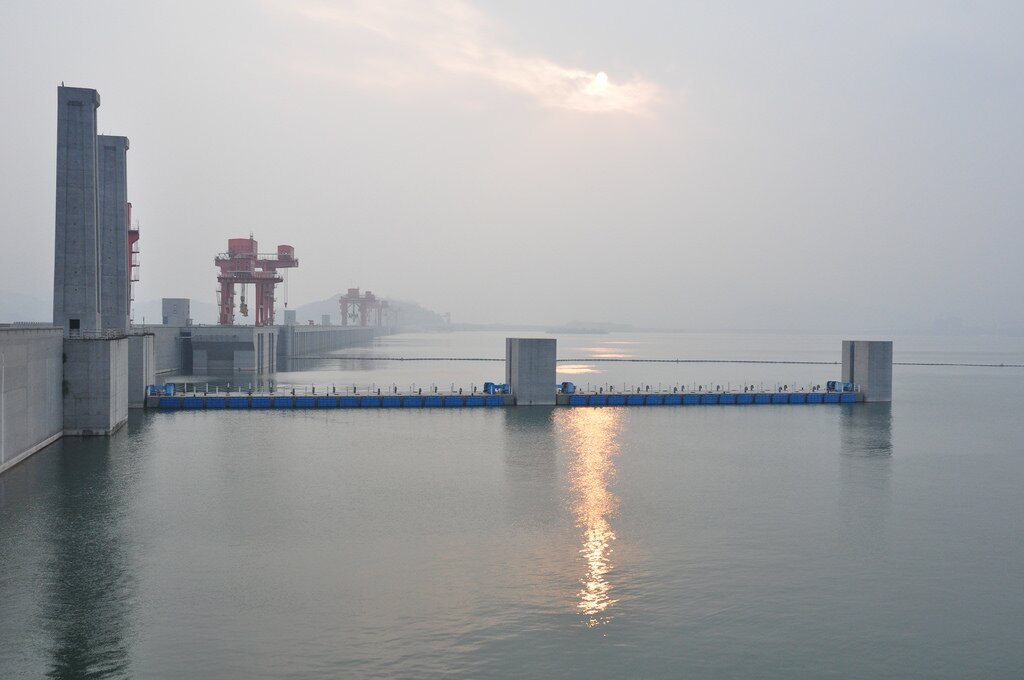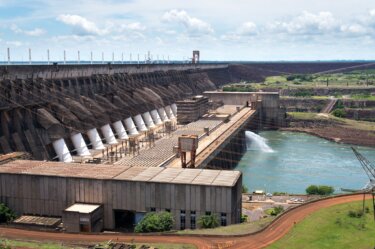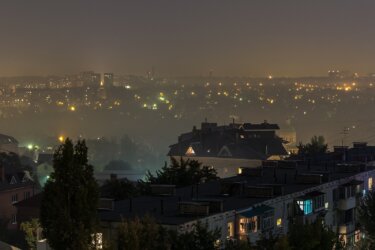What is the role of government in providing energy access to citizens?
Many governments agree that access to energy is a basic right, but when it comes to deciding who pays for providing that access, there's little consensus. Here's a look at some of the diverse approaches different countries have used.

One country stands out when you consider the role of government in providing energy to its citizens. It's China, which has solved its access-to-energy dilemma far faster than anyone else. The country went from hundreds of millions of people without access to just eight million in 2009, a feat unparalleled anywhere.
While mega-projects like the Three Gorges Dam get much attention, China has also built at least 40,000 small hydro plants since the early 1980s, generating about 28 gigawatts of power from these sources. They also continue to add about one gigawatt in coal-fired capacity a week to their energy system.
How did China mobilize the resources necessary for such a revolutionary leap out of the dark? In their case, it took the strong arm of a centralized, authoritarian government.

Brazil is a very different story. Energy access is a basic human right, written into the constitution, and according to the World Bank, 99.5 per cent of the population has access to electricity. That said, about eight million Brazilians still do not have reliable access. To provide energy to these have-nots, Brazil's federal government has adopted the strategy of providing financial incentives for private utilities: they are allowed to operate in areas of high financial return (e.g. in large cities) on the condition that they provide services in peripheral, low-demand places. This includes serving remote areas (e.g. in the Amazon rainforest) using a combination of renewables and fossil fuels, such as solar with diesel back-up generation.
These types of incentive arrangements also extend to the Brazilian state level. In the state of São Paulo, Aline Pacheco Pelucio, a lawyer and special advisor to the secretary of the environment, says that about 50,000 people have been brought to full energy access in the last five years. Government has overseen the relocation of many of these people out of dangerous, mountainous, off-grid areas prone to natural disasters. "We find a place that is not risky, we build small houses to accommodate them, and then we give those families access to energy," says Pelucio. "Those families receive energy from huge hydro plants."
The private sector also has a role to play. She says financial institutions in the state are provided with government incentives that make them "go beyond the legal requirements" when it comes to lending money for sustainable initiatives. "That includes energy access, and it includes small renewables and sustainable energy."
. . . there can be no one-size-fits-all approach to providing energy access.It's instructive to recall that full electrification of a country like the United States is only a recent historical achievement. A look at how it was done illustrates the idea that there can be no one-size-fits-all approach to providing energy access. Theirs was a chaotic mish-mash of public and private efforts. In some areas power-hungry farmers banded together into cooperatives; beginning in the Great Depression, huge publicly-funded dams on the Colorado and Columbia rivers transformed the west into a hydro-powered economic powerhouse; and in other places, government provided incentives to the private sector to serve electricity to everyone. "There wasn't just one way to do it," says Hisham Zerriffi, an energy expert and professor at Vancouver's University of British Columbia. "There was a perceived social benefit to the whole of society."

Today modern developed countries like Germany are undergoing energy upheavals, led by transformative government policy: a decision to completely phase out nuclear power by 2022 has turned the energy sector on its ear. Meanwhile, in Russia, access to energy is a right for all citizens – mostly through extension of grid power generated by big hydro and nuclear, even into remote areas like Siberia. "Our government views energy access as a basic human right in Russia," says Daria Malyutina, a Russian-born cost engineer with OutSmart Independent Wind Asset Experts, "and therefore everybody gets equal access. It is something that is guaranteed by the government."
The truly messy part, she says, is deciding who pays to bring the grid power to everyone that needs it. Therein lies a social justice issue as contentious and revolutionary as the idea that energy access is a universal human right.
